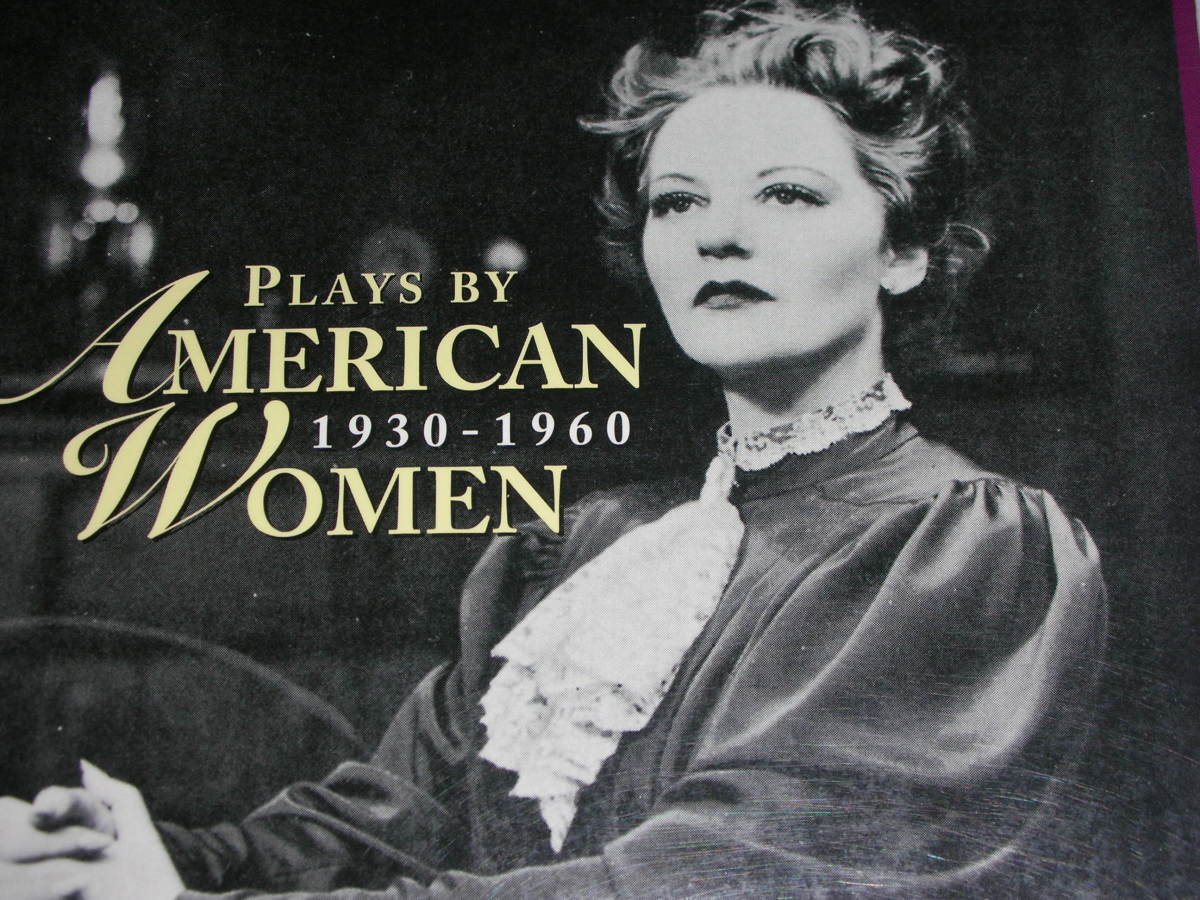Shared Traits of Alice Childress’ "Trouble in Mind" and "Chaos in Bellville"

Alice Childress’ Trouble in Mind is a metaplay that shows her audience that racial hierarchy always plays out on stage and in society. Childress makes Trouble in Mind and Chaos in Belleville, the play put on by the cast,a mini-plantation which functions as a microcosm of society. Trouble in Mind shows how stereotypes and racism are perpetuated and imbedded in past and current society. As a result, the White patriarchy is maintained and challenges still exist for anyone considered an other—females and minorities.
Did You Know
A metaplay is a play within a play.
Fighting Stereotypes
Alice Childress and her female heroine, Wiletta Mayer, must defeat several stereotypes and conflicts in Trouble in Mind. Both Childress and Wiletta “struggle for creative autonomy in the predominantly white Broadway theatre” (Dugan 133). Childress calls on her background of Shakespeare and uses metatheatre to address multiple issues. Childress is aware of a harsh reality and task: “The Black writer explains pain to those who inflict it” (“Alice Childress Quote” 1). Similarly, Wiletta realizes she must justify her pain to the White man who placed it in her in the first place (Childress 506). Blacks, especially females, have several barriers to traverse. Therefore, Wiletta harnesses her anger and uses it as a liberating force, not a disruptive one, to speak her mind (Jennings 19). And, Childress puts the mask of a theatre rehearsal over her central arguments—much like the speakers in Paul Lawrence Dunbar’s “We Wear the Mask”—to slowly reveal social ills. The fact is, even up to Childress’ death producers were not quick to put on her plays, so she had to “do it another way” (Evans 199). Therefore, Wiletta and Childress must talk about personal and cultural injustices without seeming emotional, stupid, rambling, preachy, biased, and hormonal all at once.
Structure
Trouble in Mind and Chaos in Belleville follow the Hegelian dialectic. Both playshave a thesis, an antithesis and a synthesis. The White proposition focuses on idealistic beliefs until the White characters, Judy Sears, Al Manners, and Bill O'Wray, are faced with the truth. Whites can write, direct, act in plays, take away opportunity, explore, offer change and suggestions, and use upward mobility (Barlowe 540). The Black opposition, John Nevins, Wiletta Mayer, Millie Davi,s and Sheldon Forrester, to the thesis center around wanting to believe in something but knowing the truth. Blacks in both Chaos in Belleville and in Trouble in Mind have several limitations. Blacks can act, become immune, play two roles (Jennings 28) and hide their true abilities. But Childress still creates portrayals of Blacks as “the black militant,” “The black peacemaker,” “the black assimilationist,” “the black optimistic capitalist,” and “the struggling black artist” (Brown-Guillory “Black Women Playwrights” 229; Dugan 125). Henry is unique in that because he is Irish he falls between the two positions as a potential synthesis. The synthesis—or medium between the two positions—set as truth is the characters must repeat what has always been done.
Have you read any works by Childress?
In Sum
Unless the characters in the play and the actors in reality acknowledge racial problems and social ills, nothing can truly change. Denial does not make these issues go away, but allows them to fester. The characters’, from Trouble in Mind, beliefs are eventually translated to their characters in Chaos in Belleville to highlight how these problems are inescapable and pervade even fiction.
Works Cited
“Alice Childress Quotes.” Think Exist. 1999-2005. Web. 30 July 2005.
<http://en.thinkexist.com/quotes/alice_childress/>.
Barlowe, Judith E. ed. Plays by American Women 1930-1960. New York: Applause Theatre Book Publishers, 1994. Print.
Brown-Guillory, Elizabeth.“Black Women Playwrights: Exorcising Myths.”Phylon. 48.3 (3rd Qtr., 1987): 229-239. Jstor. Web. 29 July 2005.
Childress, Alice. “Trouble in Mind.” Plays by American Women 1930-1960. Ed. Judith E. Barlowe. New York: Applause Theatre Book Publishers, 1994: 469-542. Print.
Dugan, Olga. “Telling the Truth: AliceChildress as a Theorist and Playwright.” Journal
of African American History. (Winter 2002): 146. Academic Search Premier. Web. 29 July 2005.
Evans, Don. “Alice: Conversations with Alice Childress.” Obsidian III: Literature in the African Diaspora. 1.1 (Spring-Summer 1999): 197-204. Print.
Jennings, La Vinia Delois. Alice Childress. New York: Twayne Pub., 1995. Print.




